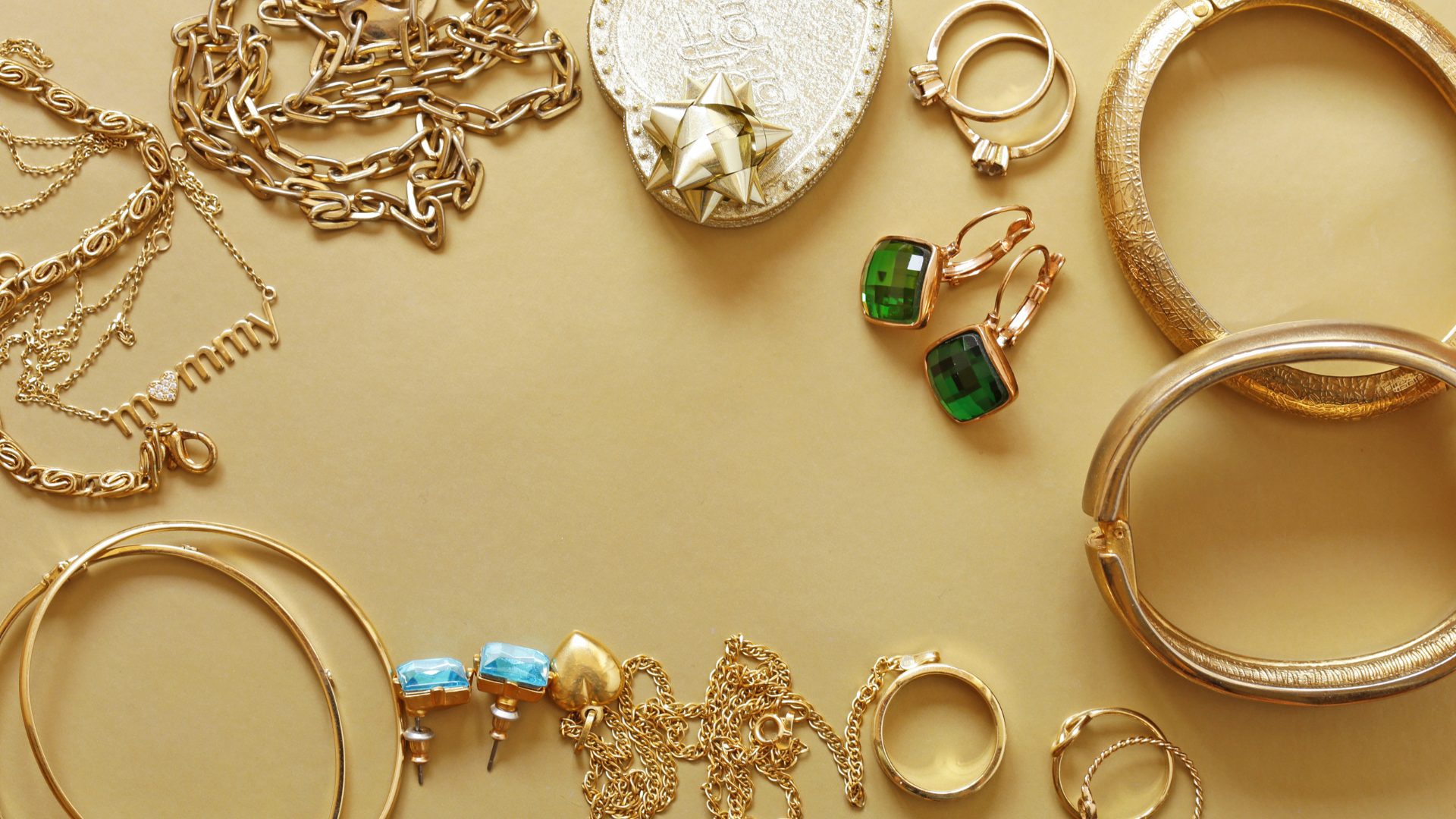Sustainable fashion, often referred to as eco-fashion, embodies a fresh approach to designing, manufacturing, and distributing clothes with heightened regard for environmental and social impacts. This movement isn’t just about selecting organic cotton or recycling fabrics, it’s about a holistic understanding of fashion’s entire lifecycle.
From responsible sourcing of materials and ethical labour practices to sustainable manufacturing processes and end-of-life disposal or recycling, sustainable fashion seeks to reduce the industry’s footprint. As consumers become increasingly conscious of their buying choices, embracing sustainable fashion isn’t just a trend; it’s a responsibility for a brighter future.

Green Goes With Anything Your Guide To Sustainable Style
Making The Ethical Choice
Jewellery holds a unique position in the world of fashion. Not only does it accentuate personal style, but it also often signifies important milestones in our lives, from birthdays to engagements. However, traditional jewellery production can have dire environmental and ethical consequences, from the devastating effects of mining to unfair labour practices. Sustainable jewellery challenges this status quo. Ethical jewellery brands prioritise sourcing recycled or responsibly mined materials, ensuring traceability and advocating for miners’ rights.
Ingle & Rhode have sourced their own solution to unethical jewellery and conflict diamonds. By using
lab grown diamonds they can avoid the risks of sourcing diamonds from conflict zones or that have been mined using child labour. Ingle & Rhode’s lab grown diamond rings provide a beautiful, popular, and uniquely ethical solution to wedding jewellery.
When you choose sustainable jewellery, you’re not just making a fashion statement. You’re supporting an industry shift towards respecting both people and the planet. As consumers, our choices can be powerful. By prioritising ethical jewellery, we can cherish our cherished moments without compromising our planet’s future or the well-being of its inhabitants.
Why Choosing Eco-friendly Materials Matters
At the heart of sustainable fashion is the choice of materials. The textiles we wear directly impact our environment at multiple stages – from cultivation and harvesting to processing and disposal. Traditional materials like non-organic cotton consume vast amounts of water and are frequently treated with pesticides, harming both ecosystems and workers. Synthetic fibres, on the other hand, are derived from petroleum and shed microplastics, which accumulate in our waterways.
Eco-friendly materials, such as organic cotton, Tencel, and hemp, challenge these harmful practices. They require fewer resources, generate reduced pollution, and often come with a lower carbon footprint. By opting for garments made from these materials, we’re not just ensuring our clothes feel good on our skin, but also that they don’t harm our planet. The switch to eco-friendly materials isn’t just a fleeting trend—it’s an essential pivot towards a more sustainable and responsible future in fashion.
The Carbon Footprint Of Your Wardrobe
Every item of clothing in our wardrobes carries with it a story of environmental impact, often quantified as its ‘carbon footprint’. This footprint accounts for every stage of a garment’s lifecycle: the energy used in cultivation, the fuel for transportation, the resources in production, and the emissions during disposal. Alarmingly, the fashion industry accounts for about 10% of global carbon emissions, outpacing even the aviation sector.
Fast fashion accelerates this, as the swift turnover of trends demands rapid production and leads to more waste. In the UK, where fashion consumption is notably high, the onus is on both brands and consumers to make eco-conscious choices. Opting for timeless over trendy, investing in quality over quantity, and supporting brands that commit to sustainable practices can significantly reduce our personal and national fashion carbon footprint. By understanding this impact, we can take steps to dress in a way that respects our planet.
Benefits Of Adopting A Green Wardrobe
Dressing sustainably reaches far beyond the realm of fashion. The benefits of a green wardrobe are manifold, touching on environmental, economic, and ethical dimensions. Firstly, from an environmental perspective, it significantly reduces waste, conserves natural resources, and diminishes the pollutants released into our air and water. Economically, investing in durable, sustainable garments often translates to long-term savings.
Rather than continuously replacing low-quality, fast fashion items, a well-made sustainable piece can last for years, offering better value for money. Furthermore, supporting eco-brands often means supporting local artisans and industries, bolstering the national economy. Ethically, choosing green fashion means standing against exploitative labour practices and championing workers’ rights. In the UK, with its rich textile history and growing sustainable fashion movement, embracing a green wardrobe aligns our sartorial choices with our values, ensuring a brighter and more equitable future for all.
Sustainable fashion is more than a fleeting trend or niche preference; it represents a crucial shift in how we perceive our roles as consumers and stewards of the Earth. The UK, with its deep-rooted fashion legacy, has the potential to spearhead this global movement towards responsibility and mindfulness. By understanding the profound impact of our wardrobe choices, from the materials we endorse to the carbon footprints we generate, we can actively shape a future that harmonises style with sustainability.
Adopting a green wardrobe doesn’t just make a statement; it makes a difference. Each conscious choice amplifies the collective call for ethical and environmental stewardship in the fashion industry. As consumers, our collective power lies in where and how we spend. Let’s use that power wisely, championing a future where green truly goes with anything.









